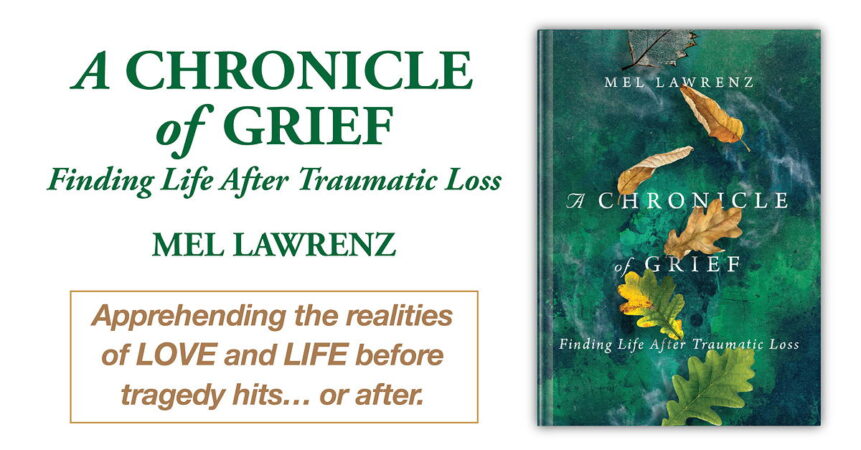Mel Lawrenz is Teaching Pastor at Elmbrook Church. His most recent book is about dealing with loss, A Chronicle of Grief: Finding Life After Traumatic Loss.
_____________________________________
What about the question of doubt? You cannot talk about believing without talking about doubt any more than you can talk about day without implying night. Some people think that faith is an all-or-nothing proposition. You had better believe in God, those people maintain, and everything that God says, because if you show any hesitation, any gap, any questioning, then he will look at you with a scowl and snatch away from you the whole blessing.

No. God is not a troll beneath a bridge expecting all the right answers to riddles he poses before we can cross. God is not the examiner at the Department of Motor Vehicles, mindlessly administering the same test a million times, looking for a 90% to pass.
What we see in the Bible time and again are people of great faith who live on the border of where faith stops and where hesitation begins.
Why is it that we consider the rising sun on the horizon, spilling its light across the land, an event of note, but not the sun sitting brilliantly above at high noon? It’s because the horizon is a line where something new crosses over. And so doubt is not really the antithesis of faith; it is its precursor.
Even at that moment when Jesus’ own disciples had the extraordinary experience of speaking with him after his resurrection on top of a rocky Galilean mountain, while some worshiped him, “some doubted” (literally, “hesitated”). If the risen Christ passed you on the sidewalk, or even entered the room where you are at this very moment, that would not mean that all your doubts in life would disappear in an instant. You would still have to believe.
Faith is a calling. It is backed up by a universe of tangible facts about the goodness and greatness of God. Yet faith is still an extension of trust outward so that we are certain of what we do not see.
Faith is a process. Believing is a flow of relationship—back and forth—a continual conversation of a person and The Person. That’s why faith builds over time. The conversation courses back and forth; you go over old topics you’ve shared with God as well as new subjects, questions you never would have thought to ask years ago. But with each declaration we make to God, whether it’s thanks or praise or pain or anguish, that link gets stronger. And when we listen to God, the certainty that he is there in all of his greatness and goodness becomes firm ground beneath our feet.
For most people, the process of belief-building doesn’t happen along a completely smooth, upward path. Building a relationship is not like building an automobile, where each part must be put in place in order by the laws of physical objects. More like a child/parent affinity, believing may surge ahead with new insights and convictions, but may also get bogged down, slowed so that it looks motionless, or even on the slide. We can have fits of temper when we stomp our feet and declare that we will not believe, like a teenager asserting independence. Or we may race down a faith road that is off course, only to find ourselves confused and retracing our steps—if we are wise about it. On our best days, believing is like a walk—steady, progressive, full of considered sensation. It may be the walk of friends, or the march of the soldier into some battleground of life. Our steps toward God are sometimes lunging, at other times running, or creeping, or stumbling. Style is not the issue, and it’s better to fall toward God than away from him. One foot in front of the other, and you’ll be moving toward the destination.
Faith is an invitation. For all the teaching that Jesus did from one village to the next in Galilee, and among the imposing pillars of Solomon’s portico at the temple in Jerusalem, it all boils down to this: Believe. Which is not to say believe in anything you choose. It is an invitation to believe the realities that Jesus explained as meticulously as a carpenter carving and piecing together wood into the furniture of life. It is to believe him, and in him—and in the believing, to gain the “right to become children of God.”
